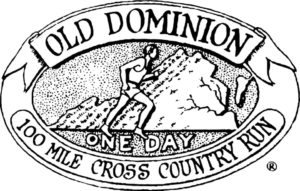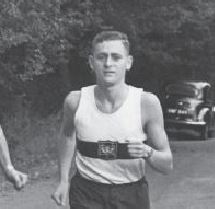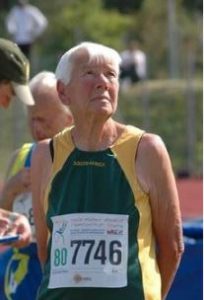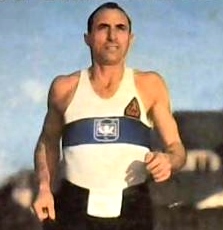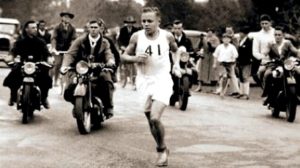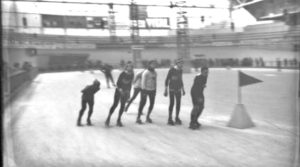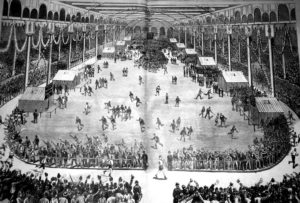Podcast: Play in new window | Download (Duration: 29:40 — 34.7MB)
Subscribe: Apple Podcasts | Spotify | Amazon Music | Android | Pandora | iHeartRadio | JioSaavn | Podcast Index | Email | TuneIn | RSS | More
By Davy Crockett
You can read, listen, or watch



Spartathlon, an ultra of 246 km (153 miles), takes place each September in Greece, running from Athens to Sparta and with its 36-hour cutoff. It is one of the toughest ultramarathons to finish.
In Part 1 of this series, episode 88, the story was told how Spartathlon was born in 1982, the brainchild of an officer in the Royal Air Force, John Foden. Three servicemen successfully covered a route that was believed to have been taken in 490 B.C., by the Greek messenger, Pheidippides. The 1982 trial run set the stage for the establishment of the Spartathlon race. The race’s 1983 inaugural year is covered in this part won by Yiannis Kouros of Greece.
| There are now ten books in the Ultrarunning History series by Davy Crockett, available on Amazon. https://ultrarunninghistory.com/urhseries/
|




